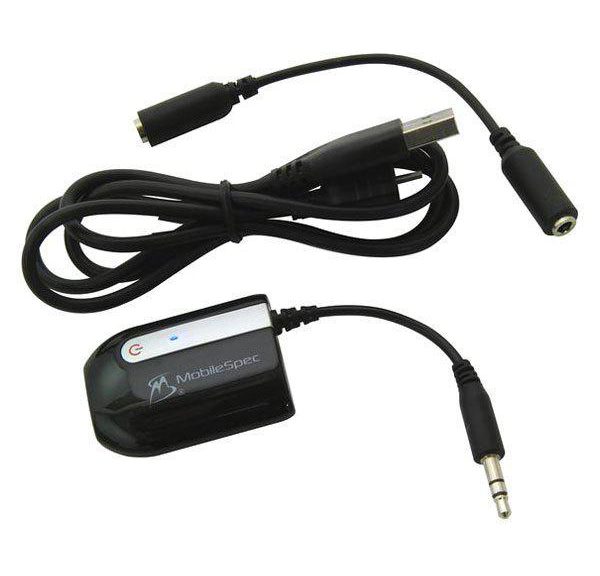
The Tesla Model S Is Absolutely Not the Best-Selling Luxury Sedan in America
The Tesla Model S Is Absolutely Not the Best-Selling Luxury Sedan in America
Fresh Car Review
Car Comparison
Today, I’m going to disprove a myth that has taken off like Bigfoot, the Loch Ness Monster or the midengine Corvette — namely, that the Tesla Model S is the best-selling luxury sedan in America. You’ve very likely heard this myth, because it’s been repeated approximately 379,000 times by harshly two hundred forty seven different automotive publications. And every time I hear it, I get all upset, clench my knuckles and scream in fits of rage at my laptop computer, whose only sin was delivering me this information in a timely manner.
Before I get embarked, I want to note that I’m not one of these traditional car enthusiasts who hates Tesla because its popularity seems to signal the end of the vroom-vroom combustion engine. On the contrary, I think all the Teslas are pretty cool. Whenever I see a Model X on the road, I pull up next to it, roll down my window and shout, “Do the doors! Do the doors!” until the holder either a) does the doors or b) calls the police.
Admittedly, I’ve gotten sick of one aspect of Tesla culture, and that’s the vanity plates. If I see one more Model S cruising around with vanity plates reading “MPG LOL” and an proprietor who’s smugly smiling because he thinks he’s so clever, I may go total laptop-computer rage.
But there’s no doubt about one thing: Whether or not you love Tesla, the Model S is not the best-selling luxury sedan in America.
Here’s the basis for the claim that it is the best-selling luxury sedan in America. During the third quarter, Tesla sold 9,156 units of the Model S sedan, which is indeed more sales than the Mercedes S-Class (Four,921), the BMW seven Series (Three,634), the Audi A8 (1,030), the Lexus LS (1,235) and whatever other full-size luxury sedan you want to compare it to. These numbers are indisputable.
There’s only one problem: The Tesla Model S isn’t a full-size luxury sedan. It’s a midsize luxury sedan, and it doesn’t actually contest with the cars I’ve listed above.
Consider, for example, its size. The Mercedes-Benz E-Class is 193.8 inches in length, while the larger S-Class is 206.Five inches. The current (outgoing) BMW five Series is 196.8 inches in length, while the BMW seven Series tops out at 205.Three inches. The Model S? It’s one hundred ninety six inches, which makes it shorter than the five Series, slightly longer than the E-Class and almost a foot shorter than some of the full-size luxury sedans with which it supposedly competes.
Next, consider pricing. The base price range on the Mercedes S-Class spreads from $97,600 for a zero-options S550 to $227,900 for a V12-powered AMG S65. The seven Series ranges from $82,500 for a base-level 740i to $138,000 for a sporty Alpina B7 xDrive.
Meantime, the base price range of the smaller E-Class opens up from $53,200 for a base-level E300 to about $106,000 for a top-of-the-line E63 AMG. The BMW five Series ranges from $51,200 for a 528i to $95,100 for a high-performance M5.
And the Model S? It starts at $66,000 and tops out at $134,500. That means a base-level Model S is forty eight percent cheaper than a base-level S-Class but just twenty four percent more expensive than a base-level E-Class. And while it’s right in the middle of the BMW sedans, don’t leave behind that all these Model S pricing numbers are before the federal income-tax credit for electrified vehicles — something Tesla openly advertises on its website under the Cash Price section, preferring to quote you a price with the tax credit applied than one without. Right now, buying an electrified vehicle gets you $7,500 off your federal income taxes, and that’s before any state and local credits. Apply the federal tax credit, as Tesla wants you to, and its pricing is almost neck and neck with the five Series and the E-Class.
So the Model S is sized like a midsize luxury sedan, and it’s priced like one, too. Why doesn’t anyone call the Model S a midsize luxury sedan?
Elementary: because Tesla doesn’t want them to.
Tesla has fought exceptionally hard for media sources to consider the Model S a full-size luxury sedan, for one elementary reason: Its sales numbers aren’t as astounding if you compare it to more accurate rivals. As I mentioned above, Tesla sold 9,156 units of the Model S during the last quarter. In the same time period, Mercedes-Benz sold 14,672 units of the E-Class. Meantime, the five Series sold 7,430 units of an aging model nearing replacement. When a redesigned five Series last debuted, as it will again in the next few months, it wasn’t uncommon to see sales totals well in excess of Five,000 per month — or 15,000 per quarter. Even the Hyundai Genesis is nipping at the Model S’s high-heeled slippers, earning around Two,500 sales per month through 2016.
In conclusion, the Tesla Model S is not the best-selling full-size luxury sedan in the United States because of the elementary fact it isn’t a full-size luxury sedan. It’s not sized like one, and it’s not priced like one. Compare it to actual rivals in the midsize-luxury segment, and you’ll find the Model S still sells at incredible numbers — just not fairly enough to be No. 1. And for that reason, Tesla will always insist it’s a full-size luxury sedan.